(VOVWORLD) - In the previous edition of “Cultural Rendezvous”, Ana Schiller, a young Argentine native, gave us an overview of her motherland’s culture. Today we’ll continue talking with Ana Schiller, who is in Hanoi as part of a cultural exchange program, to learn more about Argentina, especially its music. Argentinian music includes, not just tango, but a wide variety of other music genres, dance styles, and traditional instruments.
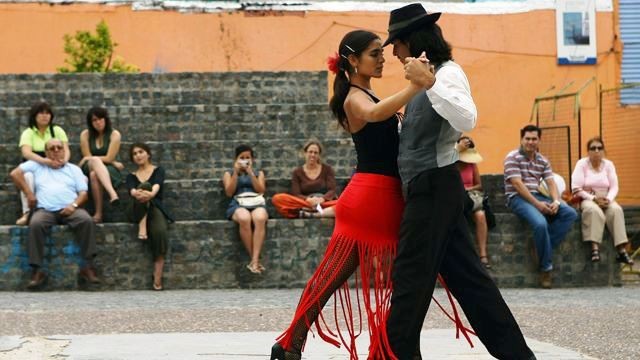
An Argentine couple performing tango dance in Buenos Aires (Photo: vtv.vn)
|
Bao Tram: Argentina is known as the birth place of tango, one of the most famous dances in the world. It is said that tango is performed in all the dance clubs in Argentina. Is that true, Ana?
Ana Schiller: I think it is in a way. If you think of tango now and you might think of it as, yes, something very Argentinian and very sort of fancy and classy and sensual as well. But actually the origins are quite different. Yes, I mean, tango is very important. I love tango for sure and other types of music as well. It's one of the images that we have in our heads and we export.
Bao Tram: Listening to the tango song I’m playing now makes me wanna dance. You said that in fact, the origins of tango are quite different. So tell us what were the origins of tango exactly?
Ana Schiller: I'm not a music historian or anything like that, but I can just tell you a little bit of it, though. There are many influences in Argentinian music and culture. Although we had indigenous people there, then different types of people came. That made a very interesting mix of cultures and that you can see in music as well. Our music is mixed, and diverse. Tango is not the exception. So it was, let's say, a lower class kind of environment. That's where tango began. It was not regarded as something nice and classy at all the time, not very nice to like for the high society. Then of course, it was evolved and started to reach all the all the population. The music itself is so rich but not a very basic type of music. It's very difficult to play. People who can play tango are masters and they play bandoneon, which is like a type of accordion, a really difficult instrument to play and very intense lyrics as well. If we look at the lyrics as well from the time and now, you will find that they're very usually very depressing, like everything's bad and like a heartbreak. They're very sad, intense, passionate lyrics.
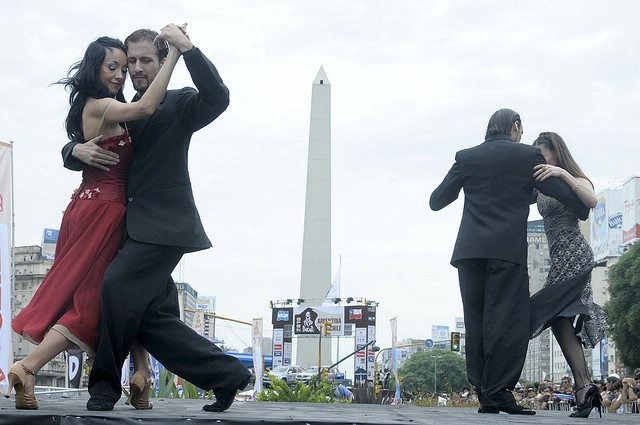
Buenos Aires is the birthplace of tango, a proud cultural element of Argentina’s national identity. (Photo: peruforless.com)
|
Bao Tram: What you said made me wondering whether or not tango remains popular today, even among young people?
Ana Schiller: Not everyone. I mean everyone knows that there are some very famous tangos, in movies and everything, so everyone would know them and but not everyone dances tango. It's actually not rare, but it's not the most common one like folkloric, different types of folkloric. But tango is probably I would say the last one we would pick.
Bao Tram: Argentinian music is a hybrid of overlapping styles. Traditional kinds of folk music, tango, and cumbia have been combined with digital technology to create globally recognized tunes. What other music genres are popular in Argentina or have a great impact on your country’s music scene?
Ana Schiller: It was cumbia. Thinking about how I got to know the Argentinian music. I was thinking 10 or 11 or something like that. The country was going through the last crisis from the last past decades. And this type of music came out. Like now and look back when I listened to it, maybe at weddings or something like but I just have fun with it because it's just funny.
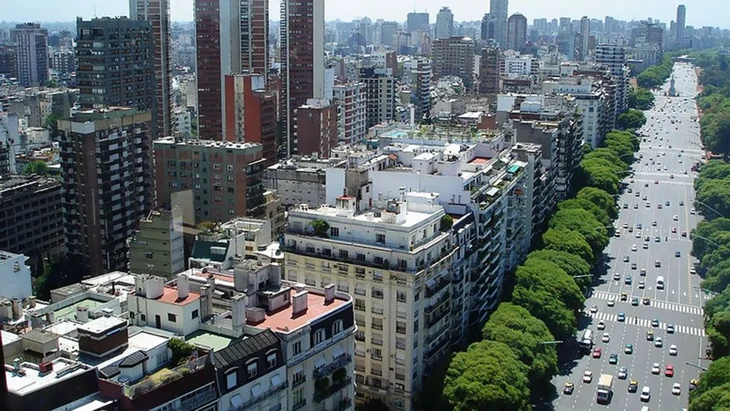
Buenos Aires’s hottest nightspots are now the backdrop for the genre’s rise in popularity, with many clubs featuring digital cumbia nights. (Photo: Ceci Estalles)
|
Bao Tram: Tell me more about cumbia. This is the first time I’ve heard of it.
Ana Schiller: Cumbia is not an Argentinian type of music. It might have come from Central America or maybe the northern part of South America where you might find cumbia or different types of music in different countries. But our cumbia is very different. It’s very basic. Music talking is super basic and the lyrics are not the best, not the best to put out and represent Argentina, but I have to say it's a very big part of Argentina’s music. I think everyone appreciates it or has a little bit of love to it, even if it's not the best or the lyrics and so on. But if you go to a dance club or if you would have gone to any dance club back in the days, cumbia was the only thing you would listen to. And I'm just going to do this so you know how it goes. There are different styles and types of cumbia. The one that I did is the classic. If you hear that and you do it with wood, I don't know how you call it, it's called a Risalah. So that's the kind of thing you use to make the sound as you're scratching something. So that's cumbia.
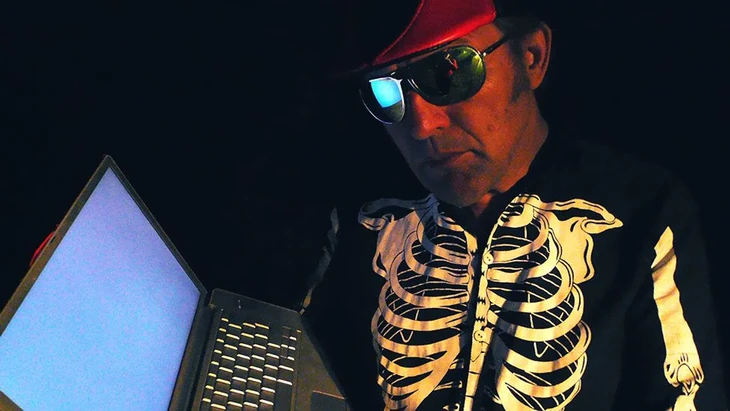
Dick Verdult – aka Dick El Demasiado – is one of the driving forces behind the genre, having fallen in love with cumbia as a child. (Photo: Maria van Heeswijk)
|
Bao Tram: It’s very uplifting music, isn’t it?
Ana Schiller: You know, sometimes when you feel the worst and maybe the conditions are not the best, tango comes out or cumbia comes out or national rock from the 70s comes out. I do believe that music shows a very big part of what Argentina is and what it means to Argentinians. But every time you listen to it like listening to tango or listening to cumbia or to the rock from the 70s, you can feel that what's going on. And it's strong.
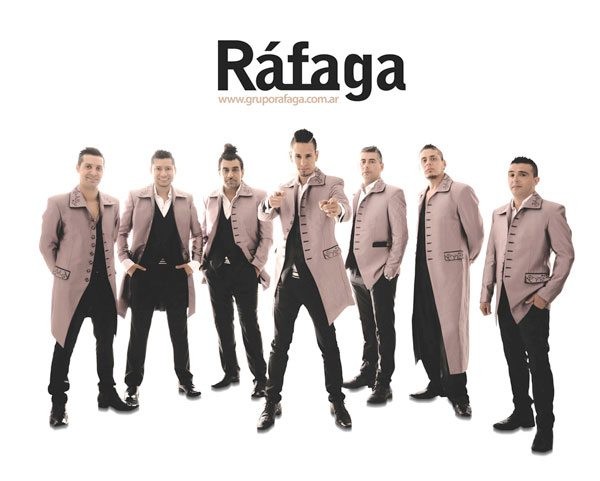
Rafaga is one of giants of the Cumbia in Argentina. (Photo: eldiario.net)
|
Bao Tram: Is cumbia something like underground music?
Anan Schiller: Well, underground can be anything that is not mainstream. But cumbia is still, in many places, very mainstream. This is what it's everywhere. If someone turns on the radio or you turn on the TV, you're going to listen to cumbia probably. Now it's not that bad, as I say, like in the 2000s, it was everywhere. It was not underground in that sense. It does come from a lower, lower class kind of environment.
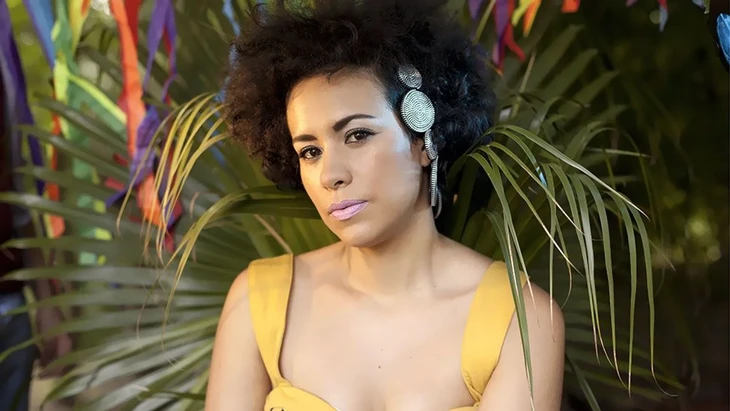
Some of the cumbia’s most popular artists are moving into the mainstream, such as La Yegros, who has been signed to EMI France. (Photo: Pedro Quintans)
|
Bao Tram: How about other kinds of music that can be called signature for Argentina’s music?
Ana Schiller: Oah, we have an amazing national rock. It comes from the 70s, late 60s and 70s, or even before we have some bands that everyone knows as well, like Los Gatos and their songs that everyone knows. There is one band that is more poppy, though. It's a bit more modern, but for some reasons, it's not for everybody. They have good taste anyway. It's called Soda Stereo formed by Gustavo Cerati. They have a very big crowd of fans all over South America and not only Argentina. I think Argentina is one of the countries that exports more music to the other countries in South America.
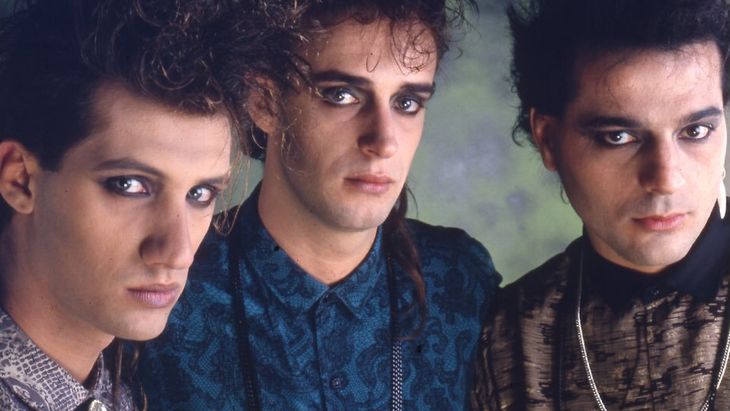 Soda Stereo, an Argentine rock band created in Buenos Aires in 1982, achieved international success throughout the 1980s and 1990s. (Photo: Courtesy CC/Flickr/Gustavo Cerati) Soda Stereo, an Argentine rock band created in Buenos Aires in 1982, achieved international success throughout the 1980s and 1990s. (Photo: Courtesy CC/Flickr/Gustavo Cerati)
|
Bao Tram: Thank you, Ana Schiller, for coming to VOV’s studio today and talking to us about Argentina’s music.
Ana Schiller: Thank you very much. It’s my pleasure.